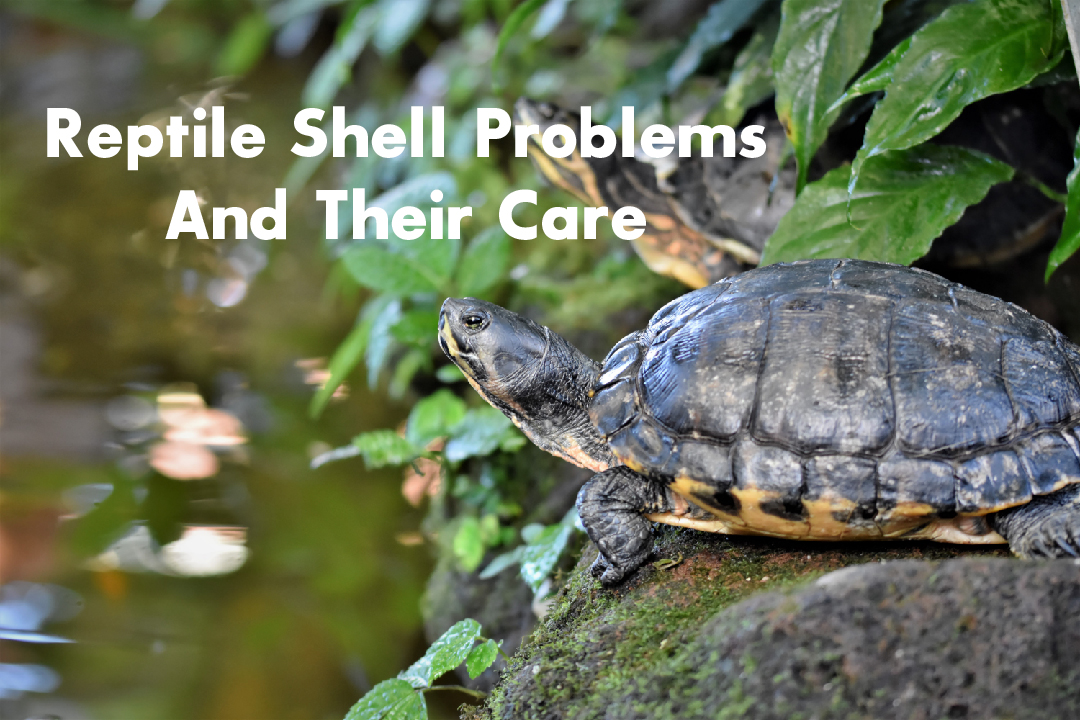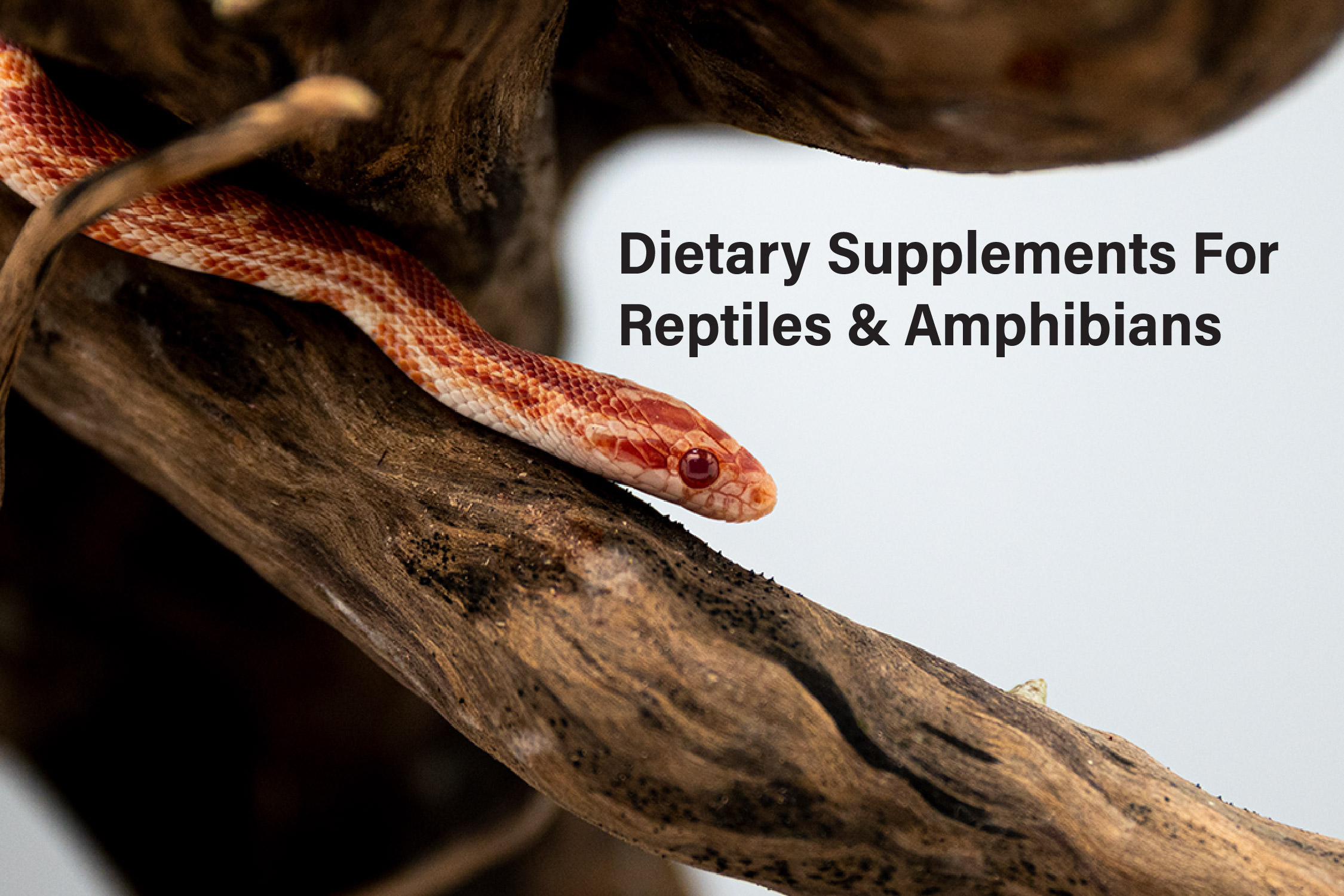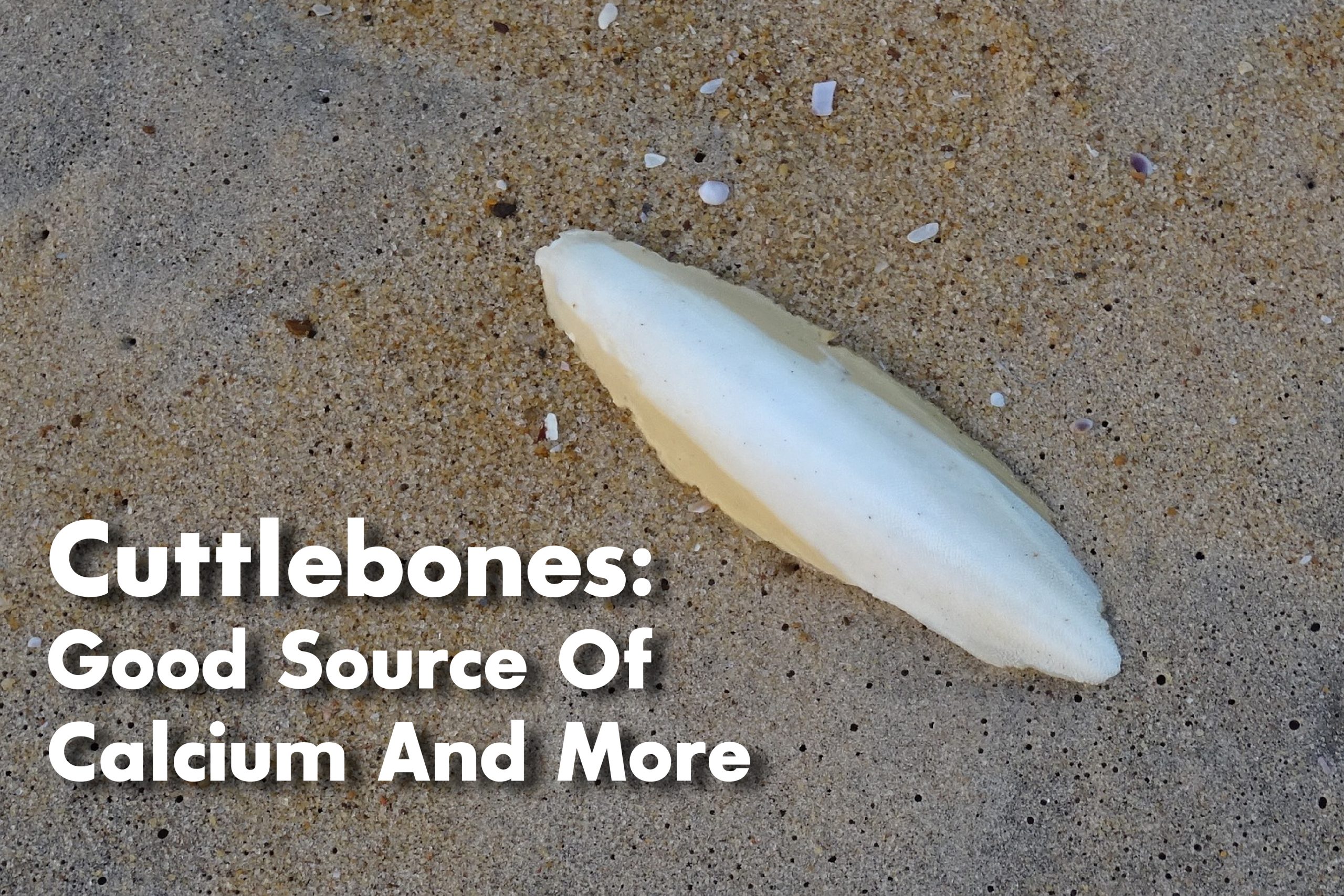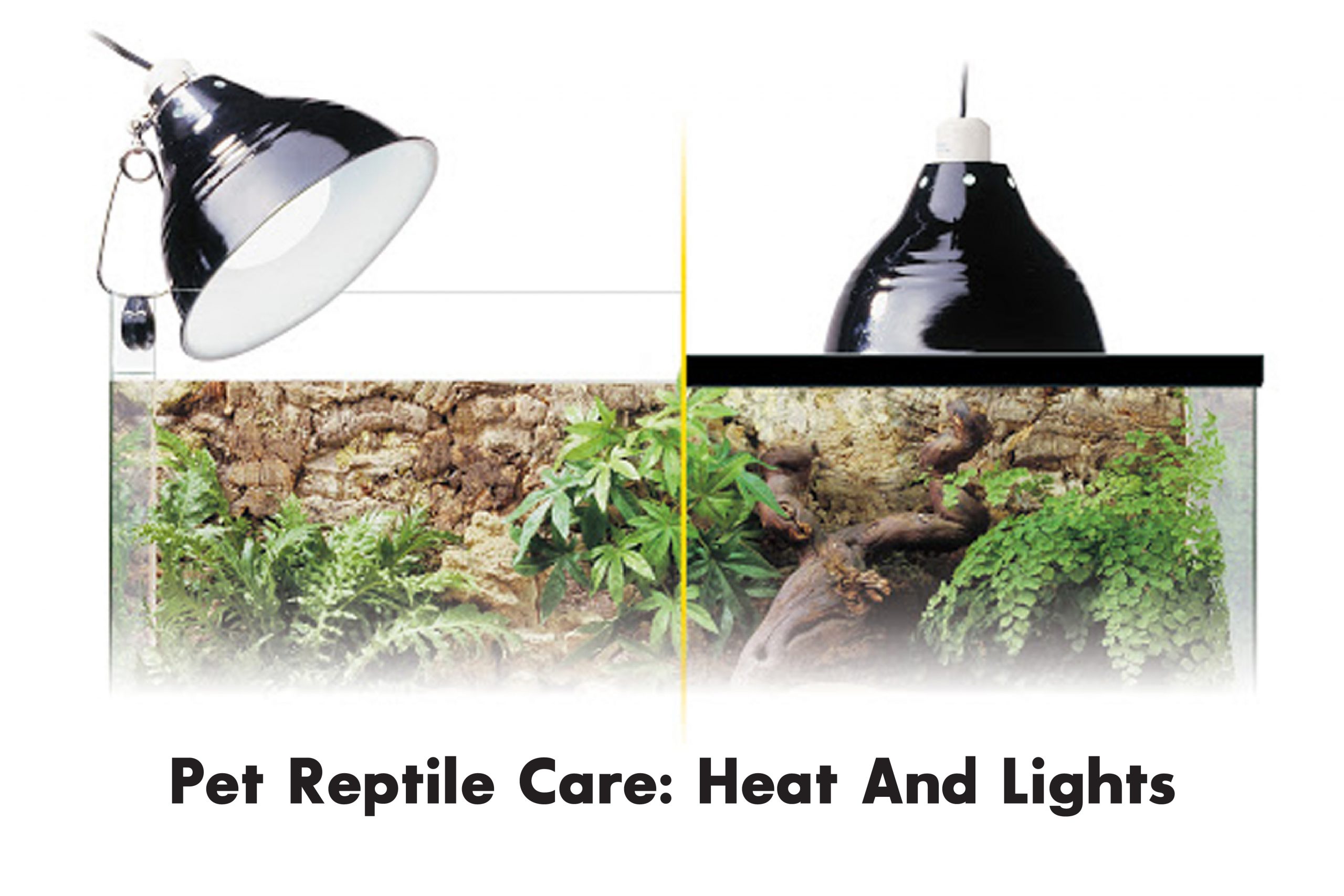A turtle’s or tortoise’s shell, otherwise known as carapace (upper side of the shell) or plastron (bottom of the shell), is not just a covering but also a means of protection from predators. The shell is infused with nerves and blood vessels and acts as a shield to protect the turtle’s vital organs. If herp owners are diligent in carrying out proper shell care, this will contribute to the overall health of their pet turtles and tortoises. Being aware of common shell issues can help us decide on the best course of action to treat problems, and prevent them from happening.




